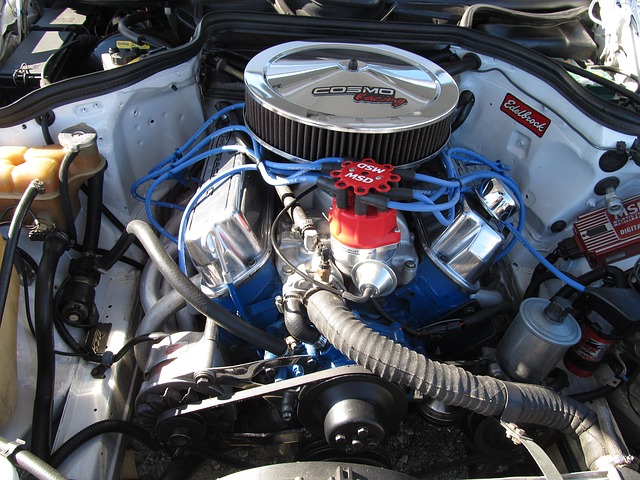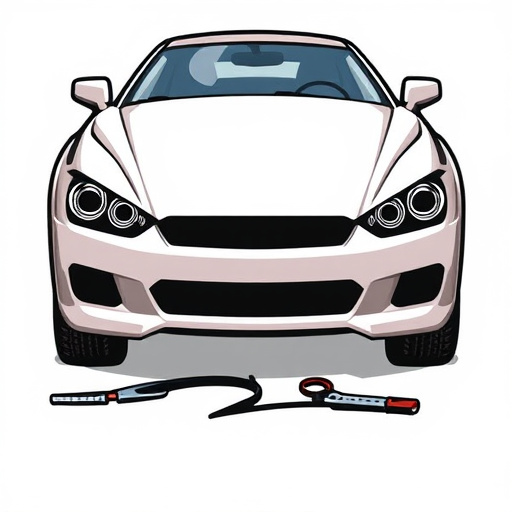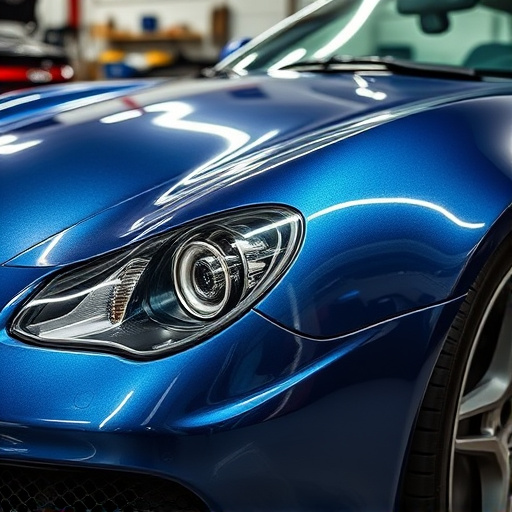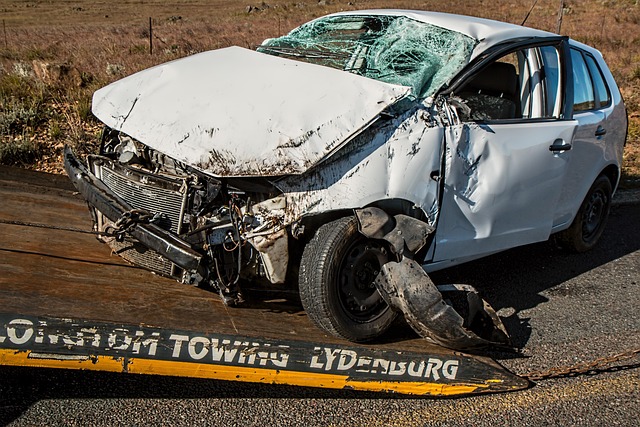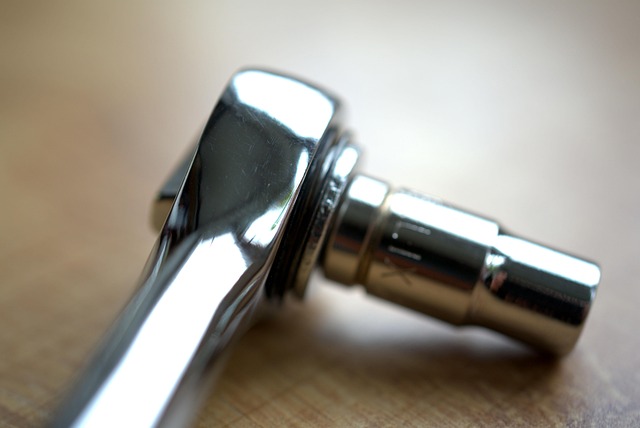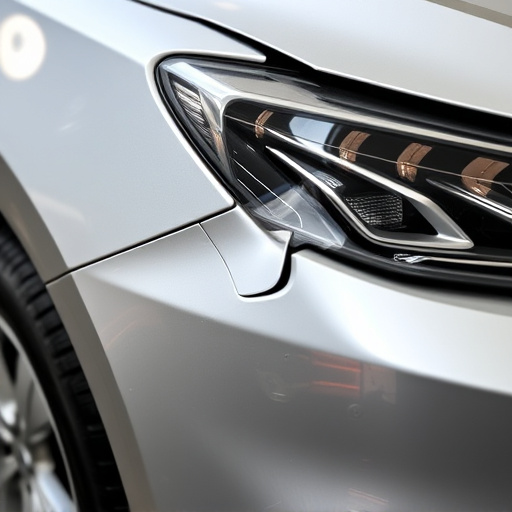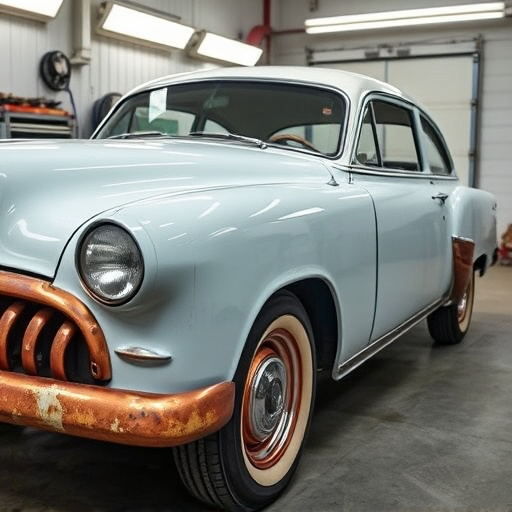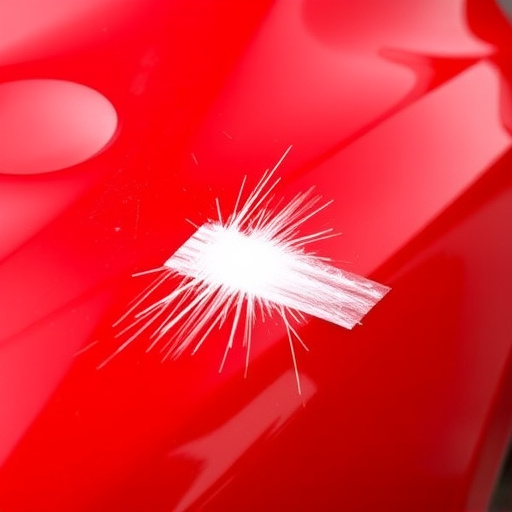Mercedes panel sectioning, a common automotive repair practice, requires strict adherence to safety guidelines to avoid compromising vehicle integrity and performance. Critical structural areas like doors, hoods, and fenders are off-limits for traditional sectioning due to their vital role in maintaining the car's strength and stability. Auto repair experts must follow manufacturer standards and employ alternative methods, such as pre-fabricated panels or custom cuts, to ensure optimal vehicle safety and functionality during panel installation.
Mercedes owners often seek customization, but understanding structural limitations is key. This article delves into the reason why Mercedes panel sectioning isn’t permitted in restricted structural areas. We explore the significance of these restrictions and offer alternatives for safe, effective Mercedes panel installation. Learn about best practices to ensure your modifications enhance performance without compromising safety. Discover practical solutions for a seamless integration of custom panels while adhering to vehicle integrity standards.
- Understanding Mercedes Panel Sectioning Restrictions
- Why Restricted Structural Areas Matter
- Alternatives and Best Practices for Mercedes Panel Installation
Understanding Mercedes Panel Sectioning Restrictions

Mercedes panel sectioning refers to the practice of separating or removing specific sections of a vehicle’s body for repairs or modifications. While this technique is widely used in various automotive industries, there are strict restrictions when it comes to restricted structural areas. These limitations exist because panel sectioning can compromise the integrity and safety of a Mercedes vehicle if not executed properly.
In many cases, certain parts of a car, especially those that contribute to its structural strength and stability, are off-limits for panel sectioning. This includes areas around doors, hoods, and fenders, as well as any components that play a crucial role in the overall rigidity and safety features of the vehicle. Car damage repair experts must adhere to these guidelines to ensure that auto painting or car paint repair processes do not compromise the structural integrity of the Mercedes, thus preventing potential accidents and ensuring optimal vehicle performance.
Why Restricted Structural Areas Matter
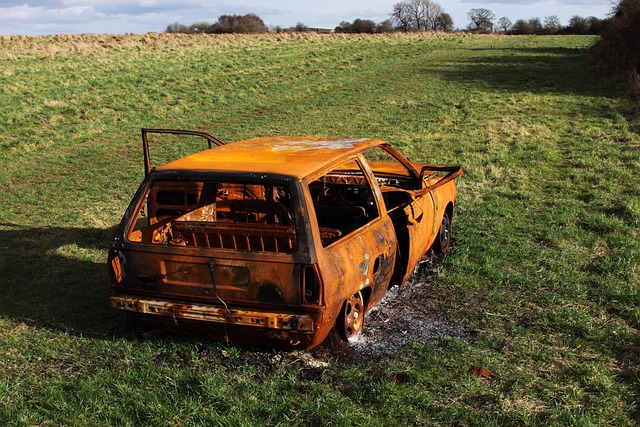
In the world of Mercedes benz repair, understanding restricted structural areas is crucial for maintaining vehicle integrity and safety. These areas, often referred to as critical zones, are vital components of a car’s structure that play a significant role in crash protection and overall stability. When it comes to Mercedes panel sectioning, especially within these restricted regions, it’s essential to adhere to strict guidelines to ensure the vehicle retains its original strength and structural integrity.
Collision repair services that involve panel sectioning, particularly in areas like the hood, doors, or fenders, must consider the intricate interplay of various components. Auto frame repair experts recognize that every part of a car’s body contributes to its overall performance during a collision. Therefore, any modifications or sections made should align with manufacturer standards to guarantee optimal safety and structural soundness for the vehicle.
Alternatives and Best Practices for Mercedes Panel Installation

When it comes to Mercedes panel installation, there are several alternatives to traditional sectioning that can ensure a seamless and structural sound result. Auto frame repair specialists often recommend utilizing pre-fabricated panels or custom-cut pieces that align with the vehicle’s original design. These methods eliminate the need for restricted area sectioning, ensuring the integrity of the car’s chassis remains intact.
Best practices for Mercedes panel installation involve meticulous planning and precision. Professional auto repair services should follow manufacturer guidelines to ensure proper alignment and fit. Using high-quality materials and advanced techniques, such as spot welding or robotic assembly, helps maintain the structural rigidity of the vehicle. Moreover, carefully managing access points during fender repair can further optimize the installation process, minimizing potential damage to other components within the restricted areas.
Mercedes panel sectioning, while tempting as a customization option, faces significant restrictions in restricted structural areas. Understanding these limitations is crucial for safe vehicle modification. By recognizing the importance of these structural elements and exploring alternatives outlined in this article—such as utilizing specialized installation methods and materials—owners can ensure both aesthetic enhancements and vehicle integrity. Adopting best practices ensures a secure and compliant Mercedes panel installation process.


